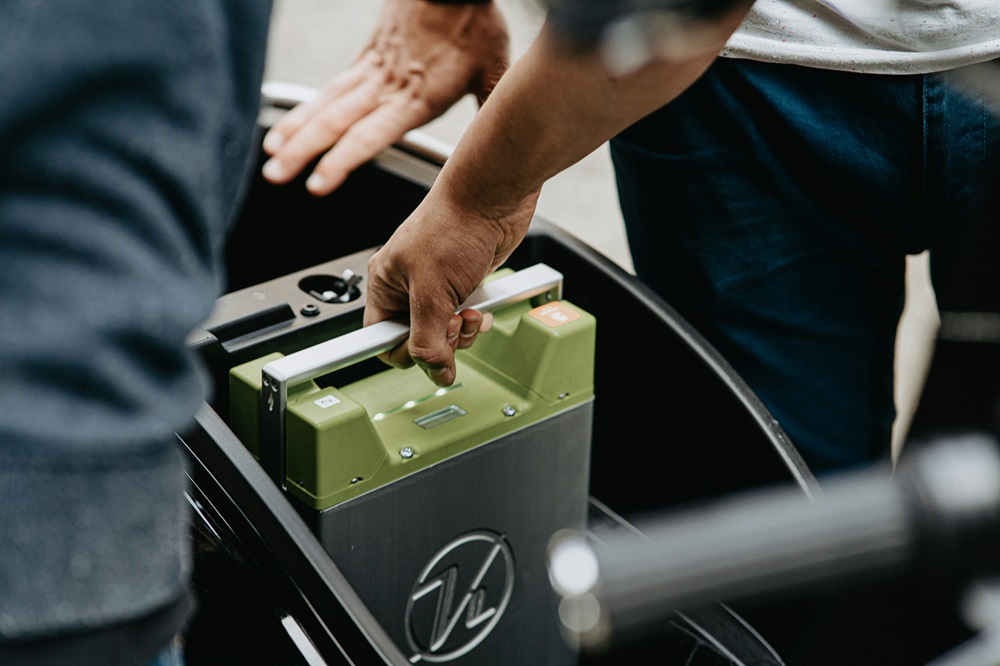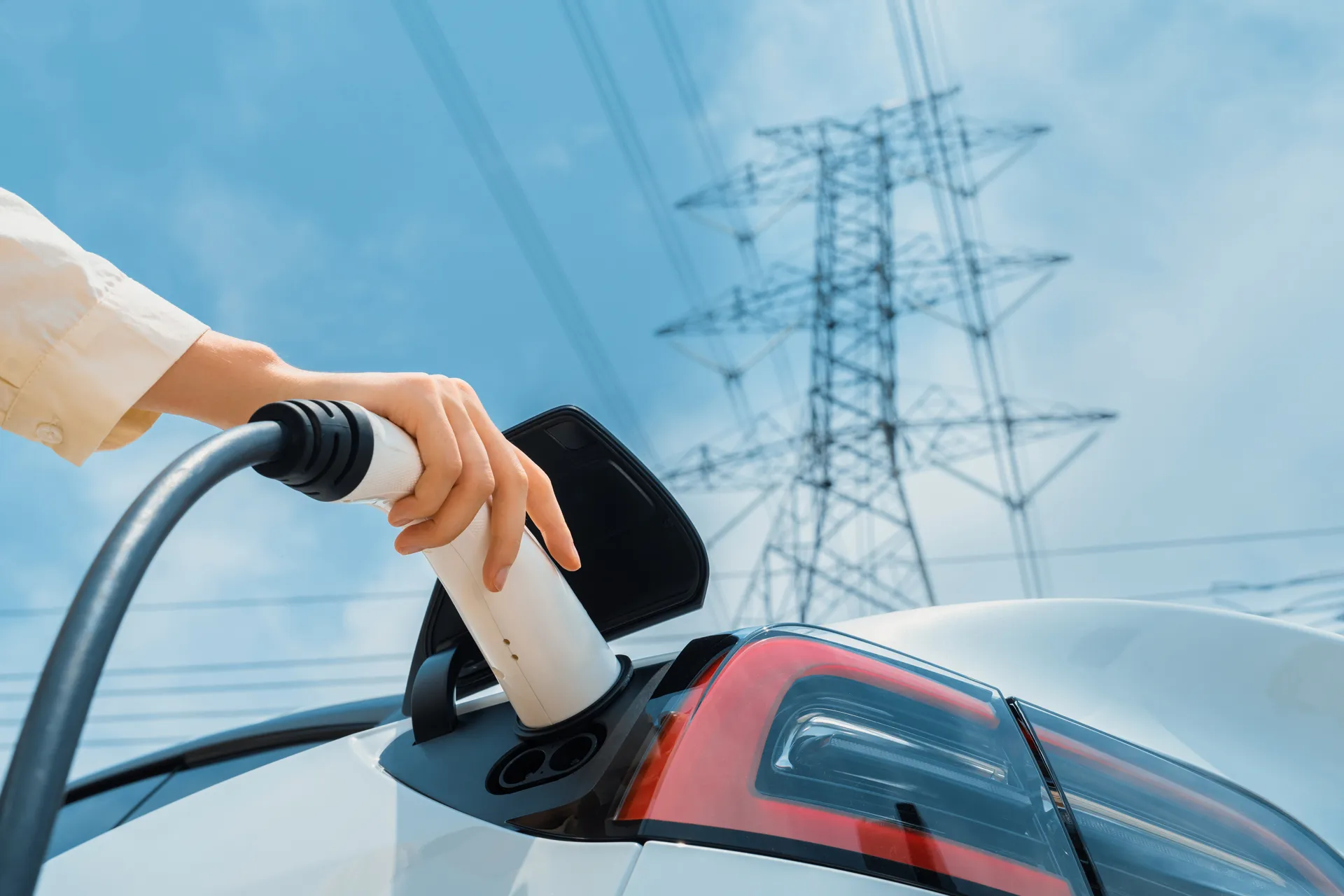Li-ion battery market to exceed $400 bn amid falling costs and rising demand
The current lithium-ion battery market is navigating a complex landscape marked by significant fluctuations in raw material costs and evolving demand dynamics. In 2022, key components such as lithium, nickel, cobalt, and graphite saw dramatic price spikes, largely driven by increased demand for electric vehicles and energy storage systems. The surge in lithium prices alone contributed approximately $60/kWh to the production cost of various battery chemistries. However, by 2023, a stabilization in these material prices was observed, with the cost contribution now estimated at around $20/kWh in 2024. This decline in costs has not only made lithium-ion batteries more affordable for consumers but has also incentivized manufacturers to scale production. As a result, the market is poised for broader adoption across a range of applications, particularly in the electric vehicle sector, where lower battery costs can enhance the overall appeal of EVs to a wider audience.
Looking ahead, the lithium-ion battery market is projected to exceed $400 billion by 2035, driven by a combination of technological advancements and robust policy support for electric vehicles and renewable energy initiatives. Innovations such as solid-state batteries, which promise to deliver higher energy densities and faster charging times, are emerging as game-changers, potentially revolutionizing the market landscape. Additionally, the implementation of supportive governmental measures, such as the U.S. Inflation Reduction Act and emissions performance standards in Europe, is expected to create sustained demand for lithium-ion batteries outside of China. Despite challenges posed by competitive pricing especially from lithium iron phosphate (LFP) batteries overall market sentiment remains optimistic, underscored by a commitment to enhancing battery performance and reducing costs. This evolving environment sets the stage for significant growth and diversification within the industry.
This shifting landscape presents a multitude of opportunities for both new entrants and established companies within the lithium-ion battery market. As global momentum toward greener technologies accelerates, there is a burgeoning demand for innovative battery solutions that can deliver superior performance, efficiency, and sustainability. Companies that focus on research and development in areas such as advanced battery chemistries, improved recycling methods, and local supply chain enhancements are likely to gain a competitive edge. Moreover, regional manufacturers in Europe and North America have a unique opportunity to differentiate themselves from low-cost imports by prioritizing quality and technological advancements. This focus can lead to the establishment of robust local production capabilities, reducing reliance on external sources. By aligning with government policies and market trends, companies can position themselves strategically to capitalize on the growing demand for high-performance batteries, creating pathways for sustained growth and innovation in this lucrative market sector.


